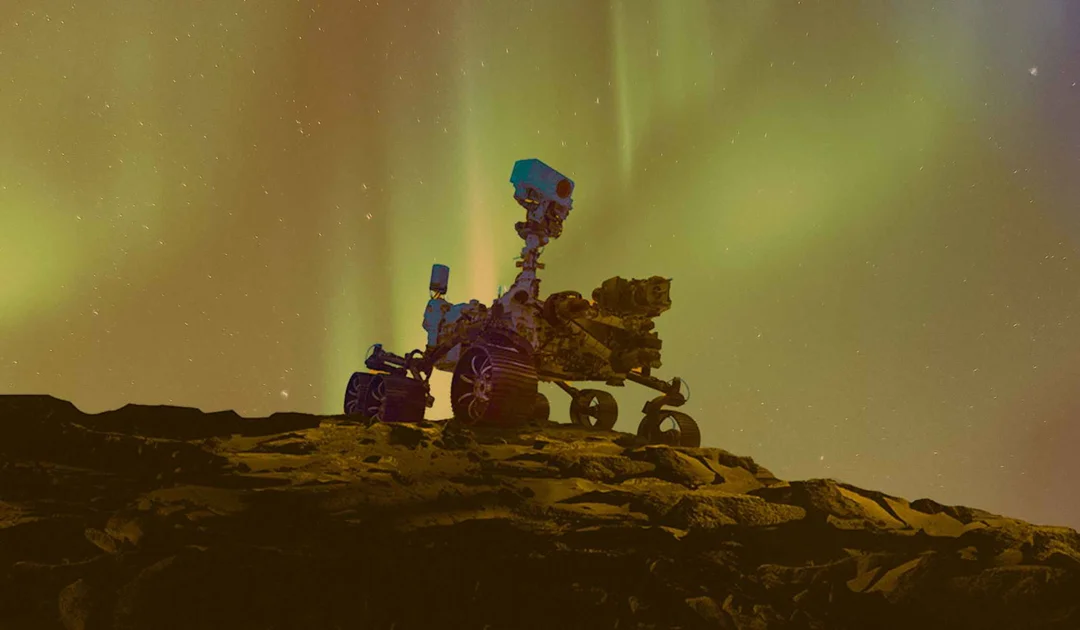
Unveiling Martian Mysteries: From Spider Egg Rocks to Visible Auroras, Perseverance’s Latest Discoveries
Mars continues to captivate our imaginations as NASA's Perseverance rover unearths peculiar phenomena on the Red Planet. From rocks resembling spider egg nests to the first-ever recorded visible-light Martian aurora, the rover's mission is rewriting our understanding of Martian history.
Last week, the Perseverance rover stumbled upon a strange rock formation in the Jezero Crater, dubbed "St. Pauls Bay," covered in round lumps that resemble spider eggs in a nest. 
Reminiscent of the "blueberries" discovered by the Opportunity rover in 2004, these spherules could indicate past water activity. However, other scenarios, like cooling volcanic droplets or meteorite impacts, could also explain their formation. If groundwater is the source, it would further support the theory that Jezero Crater once hosted liquid water, a key element in the search for ancient life.
NASA aims to link the spherule-rich texture of St. Pauls Bay to the wider stratigraphy at Witch Hazel Hill, pinpointing the rock's origin and revealing insights into past processes that shaped Mars. Special tools on Perseverance can test the chemistry of the spherules, potentially confirming a volcanic, impact-related, or water-altered origin. This investigation underscores the significance of even a single misplaced stone in unlocking the Red Planet's secrets.
Meanwhile, the Mars Reconnaissance Orbiter has captured images of the final resting place of the InSight lander, which concluded its mission in December 2022. InSight's mission was to study seismic activity, detecting over 1,300 marsquakes. 
Adding to the list of groundbreaking discoveries, Perseverance also captured a visible-light Martian aurora in March 2024, a phenomenon never previously recorded. During a powerful solar storm, the skies above Mars' poles turned green. The rover's MastCam-Z and SuperCam instruments recorded the event, marking the first surface recording of an aurora and the first time it was detected on the Martian nightside.

These recent findings highlight the dynamism of Mars and demonstrate the power of ongoing exploration. Each discovery, from the enigmatic spider egg rocks to the mesmerizing auroras, provides valuable insights into the Red Planet's past and potential for habitability.
What other surprises await Perseverance on the Martian surface? Share your thoughts and theories in the comments below!